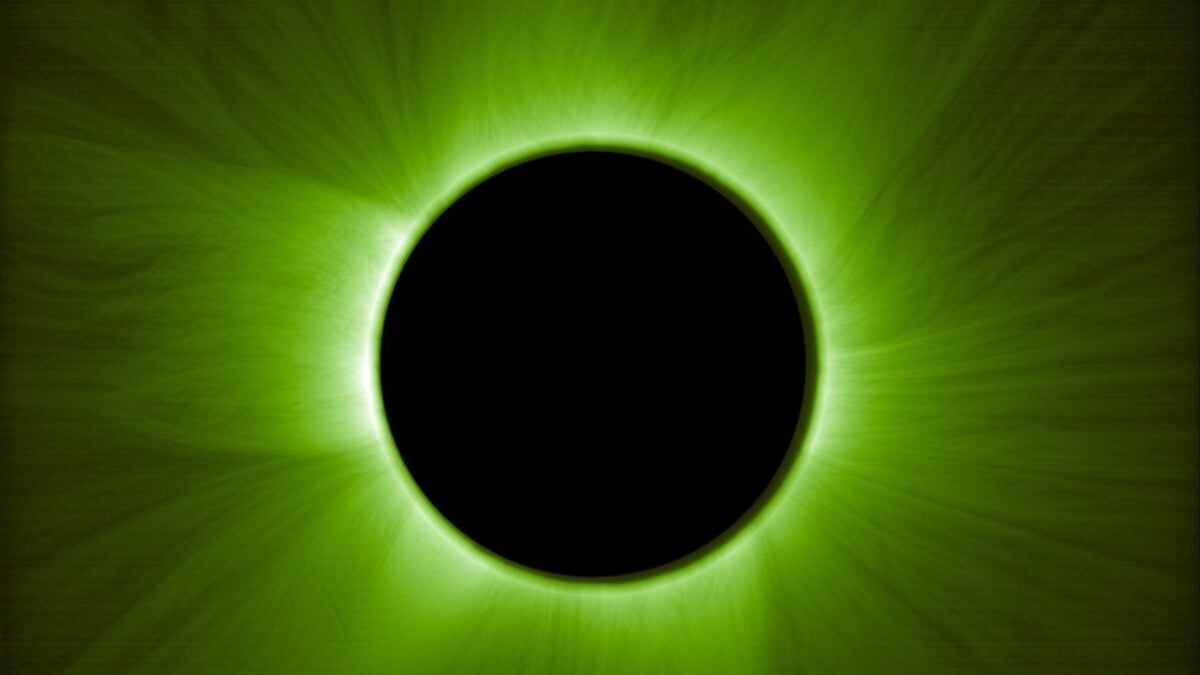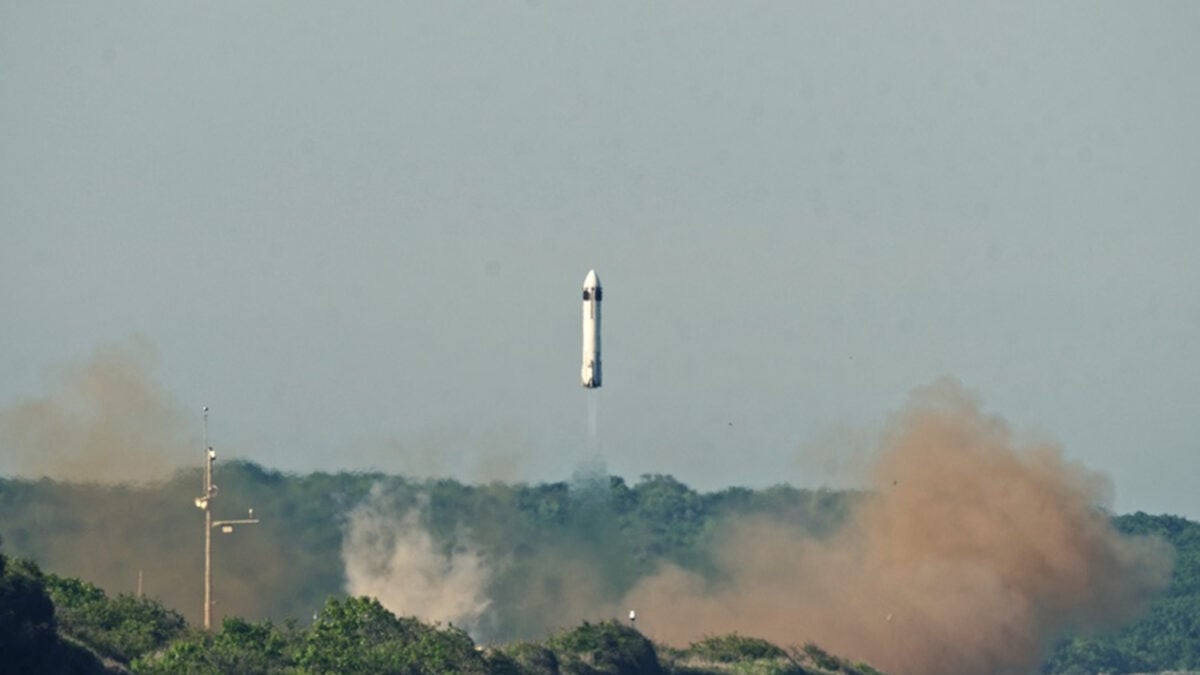For decades, a significant cosmic puzzle has intrigued astronomers: the whereabouts of most of the universe’s “ordinary” or baryonic matter. While it was estimated to constitute about 5% of the universe—distinct from dark matter and dark energy—scientists struggled to locate a substantial portion of it. Now, researchers from the Center for Astrophysics Harvard & Smithsonian (CfA) and the California Institute of Technology (Caltech) have announced a breakthrough, using Fast Radio Bursts (FRBs) to track down this elusive material and map its distribution.
The Enduring Mystery of Baryonic Matter
Technically, baryonic matter consists of protons and neutrons, the building blocks of atomic nuclei. Astronomers often use the term more broadly to describe all matter composed of atoms, which includes everything we can see and interact with. As researchers noted in their study published in Nature Astronomy, “A small fraction of baryons are in stars and the interstellar medium within galaxies.” The interstellar medium refers to the space between star systems within a galaxy.
The “decades-old ‘missing baryon problem’ was never about whether the matter existed,” CfA astronomer Liam Connor clarified in a CfA statement. “It was always: Where is it?” Previous research hinted that much of the remaining baryonic matter was diffuse, ionized gas spread throughout the intergalactic medium (IGM)—the vast expanses of space between galaxies. However, this gas is “notoriously difficult to measure,” making confirmation of its quantity and precise location challenging.
Fast Radio Bursts: Illuminating the Invisible
The key to solving this cosmic conundrum came from Fast Radio Bursts. FRBs are intense, brief flashes of radio waves originating from distant galaxies. The research team leveraged a crucial property of these signals: FRBs slow down as they pass through the gas in the intergalactic medium. By meticulously measuring this deceleration, scientists could deduce the amount of gas the FRB signal had traversed.
For their study, the astronomers analyzed 60 FRBs. These signals originated from a range of cosmic distances, with the closest galaxy being 11.74 million light-years away and the most distant emitting FRB 20230521B, the farthest FRB known to science, from approximately 9.1 billion light-years away. This comprehensive dataset allowed for an unprecedented survey of the matter between galaxies.
Mapping the Cosmic Web: Where the Matter Resides
The analysis of FRB data provided direct evidence for the distribution of baryonic matter, confirming what cosmological simulations had previously suggested. The team found that approximately 76% of all baryonic matter exists as hot, low-density gas within the IGM, effectively forming the cosmic web. Another 15% is located in the halos of galaxies—diffuse regions of gas surrounding galaxies—with the remaining small fraction found in stars and colder galactic gas.
This discovery provides the first detailed measurements of how ordinary matter is distributed throughout the universe. “Now, thanks to FRBs, we know: three-quarters of it is floating between galaxies in the cosmic web,” stated Connor.
Cosmic Feedback and Future Discoveries
These findings also offer significant insights into cosmic evolution. “Baryons are pulled into galaxies by gravity, but supermassive black holes and exploding stars can blow them back out—like a cosmic thermostat cooling things down if the temperature gets too high,” explained Connor, the study’s lead author. “Our results show this feedback must be efficient, blasting gas out of galaxies and into the IGM.” This process of matter ejection and accretion plays a vital role in regulating galaxy growth and the overall structure of the universe.
“We’re beginning to see the Universe’s structure and composition in a whole new light, thanks to FRBs,” added Caltech astronomer and co-author Vikram Ravi. “These brief flashes allow us to trace the otherwise invisible matter that fills the vast spaces between galaxies.”
The mystery of the universe’s missing baryonic matter has largely been solved, with FRBs acting as cosmic probes. This breakthrough not only accounts for the universe’s ordinary matter budget but also enhances our understanding of the dynamic processes shaping the cosmos. As telescope technology advances and more FRBs are detected, scientists anticipate further revelations about the universe’s intricate structure and evolution.










